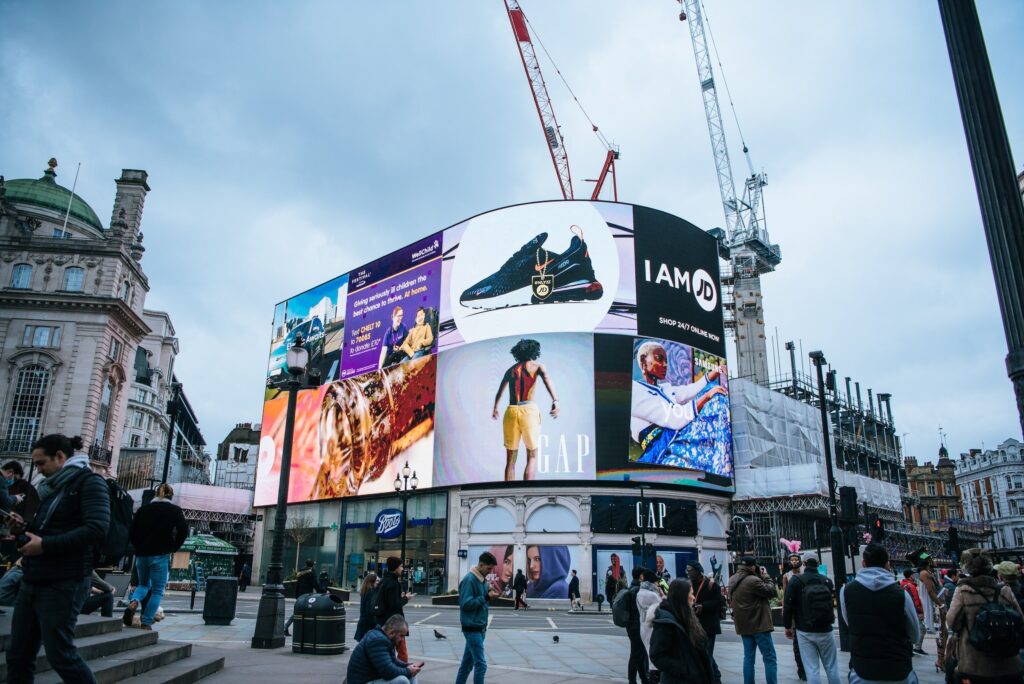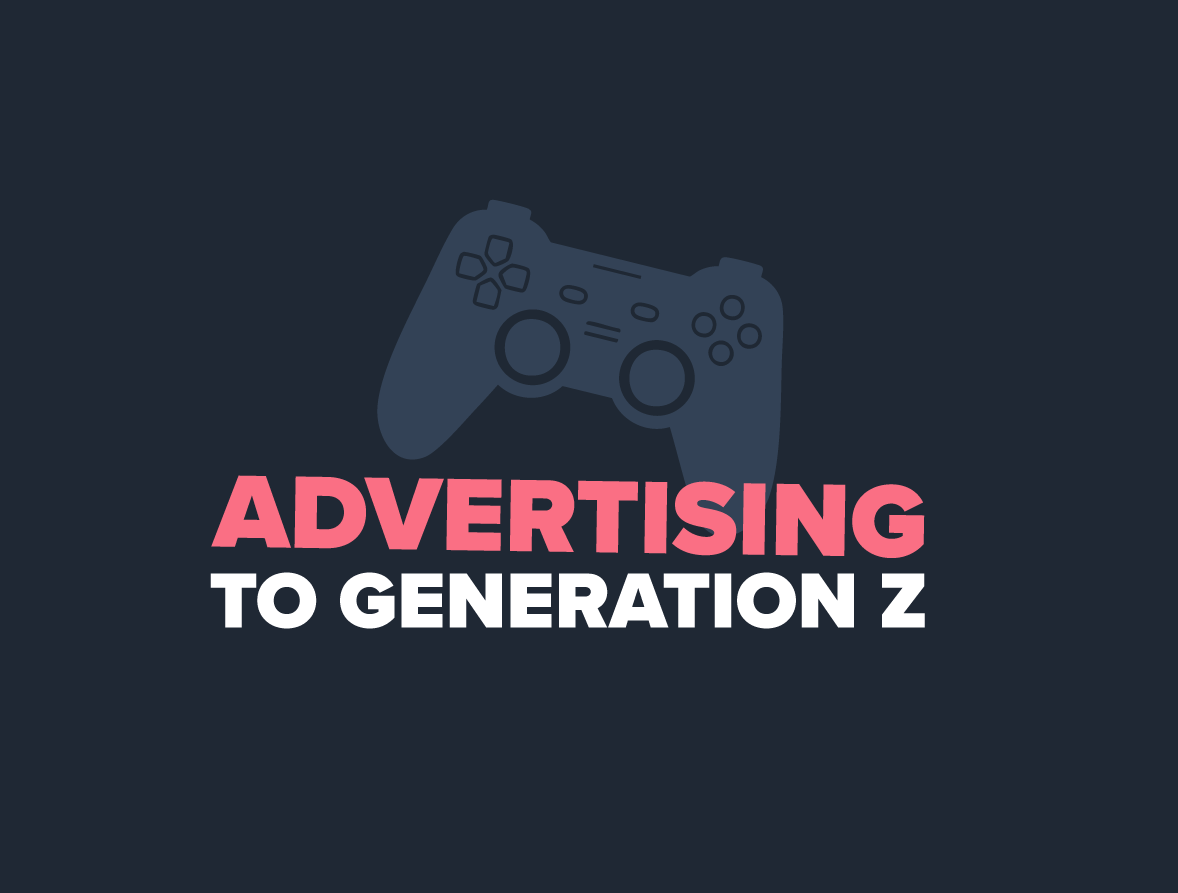
If you’ve yet to explore the world of programmatic advertising, you’re missing out — experts predict that U.S. marketers will spend a whopping $133 billion on it by 2023. But even if you’ve launched a digital ad here or there, you might still be curious about the extent of capabilities and benefits that programmatic advertising offers.
You’ve come to the right place — here are four questions you had about programmatic advertising, answered.
1. What is programmatic advertising?
Programmatic advertising is the use of technology to automate the processes and transactions associated with buying and selling digital ads. It works by leveraging real-time bidding, where advertisers bid for impressions in an ad exchange’s auction. The winning advertiser’s ad is then immediately displayed on the selected publisher’s site. (Think of an ad exchange as a marketplace for digital ad inventory.
2. What are the benefits of programmatic advertising?
The perks of programmatic advertising are massive, including:
- More targeted reach. Unlike a traditional TV or print ad that casts a wide net when attracting top-of-funnel audiences, programmatic advertising is like fly fishing: highly targeted to ensure your ads reach the right audience at the right time. You can set your target audience based on behavior, interests, geographic location, or demographics.
- Simpler campaign management. No developing RFPs, waiting for quotes, and creating insertion orders — programmatic advertising streamlines the process of buying and placing ads quickly.
- Greater transparency. Programmatic ads offer full transparency into placement and inventory, giving you confidence that your ads will appear in brand-safe environments.
- Real-time data and optimization. Programmatic advertising provides real-time measurement, allowing you to tinker with ongoing campaigns for the best possible results.
3. What types of ads does programmatic advertising cover?
You may be familiar with Google display ads, but they only scratch the surface of what programmatic advertising entails, including the following:
- Display ads placed in the header, footer, or sidebar of websites — they can be static, dynamic, interactive, or expandable (the list goes on).
- Video ads, whether in-stream (run before, in the middle of, or after a video), native (that appear within content), or over-the-top (OTT, now commonly referred to as steaming TV, which reaches consumers streaming content on smart TVs, mobile devices, tablets and computers).
- Streaming audio ads, which play on audio streaming platforms like Spotify or Pandora.
- Native ads, a subset of contextual ads that match the look, feel, and function of the content they’re placed within.
- Digital out-of-home ads (DOOH) are digital screens “in the wild,” such as digital billboards or fridge-based product placements in convenience stores, and one of the most cost-effective options for real-world advertising.
4. Can all brands benefit from programmatic advertising?
Programmatic advertising clearly has significant upsides, but is it right for your business?
If you’re looking to grow your brand, increase revenue, and have more cost-efficient marketing, programmatic can be useful. Even if your goal spans beyond increasing conversions to building brand awareness or increasing brand loyalty, running programmatic campaigns can still help unlock higher ROIs with the same investment.
That said, programmatic advertising may simplify aspects of digital advertising, but many tasks still require a human touch: establishing campaign goals, defining ad types, setting up your demand side platform (DSP), and choosing your bidding strategy and budget. In other words, while you can strike off “insertion order preparation” from your to-do list, you still need to spend time optimizing and tinkering with your ads to achieve the best campaign results.
Luckily, here’s where a partner like Power Marketing can come in handy — we can help you ease your foray into the world of programmatic with our in-house AI-powered technology, brand protection features, and data-driven optimization strategies.
Ready to supercharge your marketing with programmatic ads?


